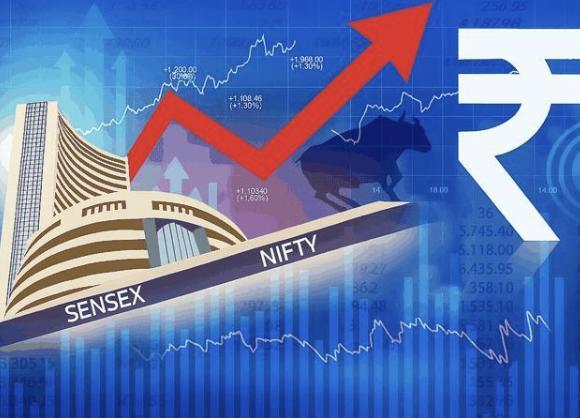
Markets Rebound: Sensex jumps 677 pts, Nifty closes 0.92% up
The Indian stock markets showed remarkable resilience on June 16, 2025, with the Sensex surging 677 points to 81,796 and the Nifty closing at 24,946. This strong, nearly 1% rebound was fueled by robust buying in IT and oil and gas, which played a significant role in the market’s recovery.
The RBI’s recent decision to cut the repo rate by 50 basis points also contributed to the market’s upswing. The rate cut has made loans cheaper and injected liquidity into the system, which has boosted investor sentiment and encouraged them to take on more risk. As a result, the market saw a significant influx of buying, particularly in the IT and oil and gas sectors, which have been among the most impacted by the pandemic.
The IT sector, which has been a key driver of growth in recent years, saw a significant surge in buying, with stocks like TCS, Infosys, and Wipro leading the charge. The sector’s strong rebound was driven by a combination of factors, including a pick-up in demand from global clients and a significant increase in outsourcing activity. Additionally, the sector’s valuations have become more attractive following the recent correction, making it an attractive option for investors looking for growth.
The oil and gas sector also saw significant buying, with stocks like ONGC, HPCL, and IOC leading the charge. The sector’s rebound was driven by a combination of factors, including a recovery in oil prices and a significant increase in demand from the transportation sector. Additionally, the sector’s valuations have become more attractive following the recent correction, making it an attractive option for investors looking for income.
The rebound in the IT and oil and gas sectors was supported by the RBI’s recent decision to cut the repo rate by 50 basis points. The rate cut has made loans cheaper and injected liquidity into the system, which has boosted investor sentiment and encouraged them to take on more risk. Additionally, the rate cut has also helped to reduce the cost of borrowing for companies, which has boosted their ability to invest and expand.
The RBI’s decision to cut the repo rate was driven by a combination of factors, including a decline in inflation, a recovery in economic growth, and a significant increase in liquidity in the system. The central bank has been monitoring the situation closely and has taken measures to ensure that the economy remains on a stable footing.
The rebound in the Indian stock markets was also supported by a significant increase in participation from foreign investors. The foreign institutional investors (FIIs) have been net buyers in recent weeks, and their buying activity has played a significant role in driving the market’s upswing. The FIIs have been attracted to the Indian market due to its strong fundamentals, including a large and growing middle class, a significant increase in economic growth, and a stable political environment.
The rebound in the Indian stock markets is a positive sign for the economy and the stock market. The strong rebound has boosted investor sentiment and encouraged them to take on more risk, which has the potential to drive the market’s growth in the coming months. Additionally, the rebound has also helped to reduce the risk of a bear market, which has been a concern for investors in recent weeks.
In conclusion, the Indian stock markets showed remarkable resilience on June 16, 2025, with the Sensex surging 677 points to 81,796 and the Nifty closing at 24,946. The strong rebound was fueled by robust buying in IT and oil and gas, which played a significant role in the market’s recovery. The RBI’s recent decision to cut the repo rate by 50 basis points also contributed to the market’s upswing, making loans cheaper and injecting liquidity into the system.






